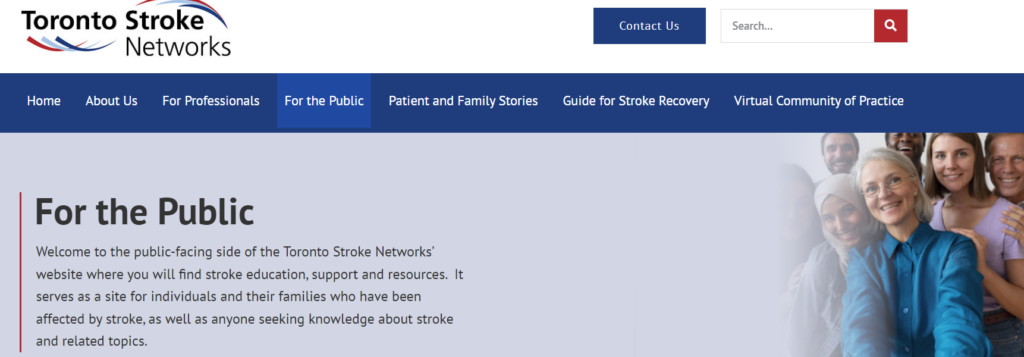The American Heart Association and the American Medical Association recommend that we should self-monitor blood pressure. They say the activity has a “high potential to improve the diagnosis and management of high blood pressure”.
This recommendation appeared in the Journal of Circulation published on June 22, 2020.
Why do they say that?
It is simply because that the place where we take the reading matters.
Yes, the place matters; when we measure blood pressure at a healthcare center, the reading is likely to be higher than the actual. This is called “white-coat syndrome”.
This is so significant; as a result, the American Heart Association and the American Medical Association issued a joint statement in this regard. This post is about that.
This statement says that “out-of-office high blood pressure is associated with a higher risk for heart problems independent of office-measured blood pressure readings”.
It further says this: “Self-measured BP monitoring has a high potential for improving the diagnosis and management of hypertension in the United States”.
Self-measured blood pressure monitoring improves the management of hypertension.
The joint statement from the American Heart Association and the American Medical Association; THE JOURNAL OF CIRCULATION; 22 JUNE 2020
How to measure blood pressure accurately at home
You can follow this free online course to learn how to measure your blood pressure accurately. This is an initiative of the Pan American Health Organization joined by the World Hypertension League, the Lancet Commission on Hypertension Group and Hypertension Canada, and Resolve to Save Lives, academically developed by a group of highly qualified experts recognized worldwide.
According to Dr. Norm Campbell, the Emeritus Professor at the University of Calgary, It is recommended to re-train all healthcare professionals on how to measure blood pressure every six months. This is based on the evidence that up to 50 percent of readings are potentially misclassified as either having high blood pressure or normal blood pressure.
Five steps that we should follow while measuring blood pressure
- Select a validated automated or semi-automated device
- Select the right cuff-size for the person being measured; it comes in three sizes: small, medium, and large.
- Prepare the person being measured; e.g. pain, anxiety, and stress elevate the normal blood pressure temporarily; And smoking, chewing tobacco, tea, and coffee also elevate blood pressure and it will come back to normal after 30 minutes of stopping those.
- Measure the blood pressure: Should sit comfortably 5 minutes immediately before the measurement. Both – who measures and who being measured should not be talking. The environment should not be too cold or too hot for the person being measured. Should be seated with back support and the arm should be bare. The cuff should be at the level of the heart. The legs should not be crossed. The feet should be flat on the floor. The cuff should not be too tight or too loose. A couple of fingers should be able to insert between the cuff and the arm. Measure the blood pressure: If this is the first time, repeat the measurement in the other arm. If one arm’s reading is higher, wait one minute, repeat it again at the same arm. And wait another 1 minute, get the third reading. the higher reading should be used as the correct one. If the first reading is higher than the next second and third readings, the first reading should be discarded and the other two readings should be averaged.
- Record the readings: The final two readings, arm, cuff size, heart rate, age, gender, date, and the use of any anti-high blood pressure medications


